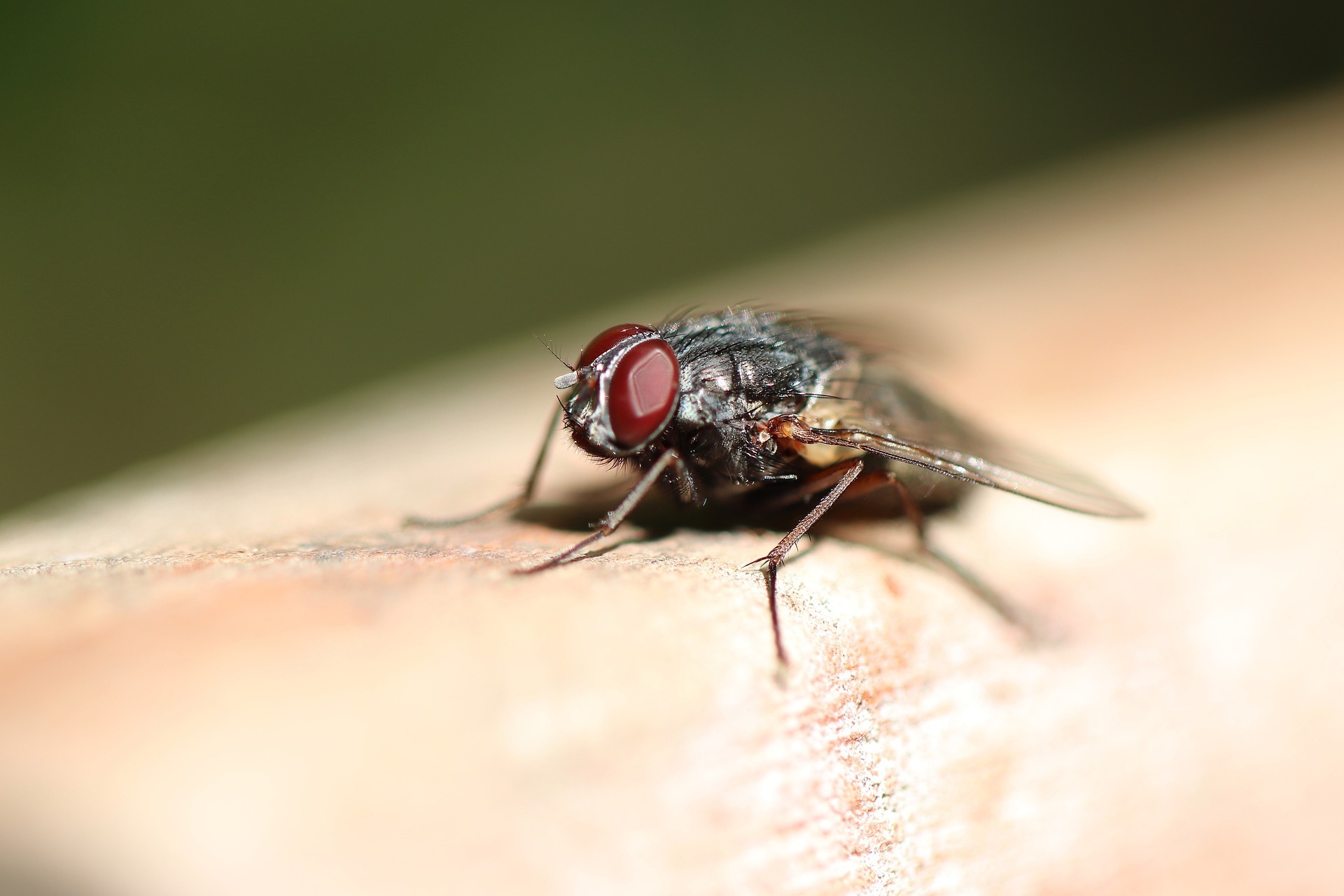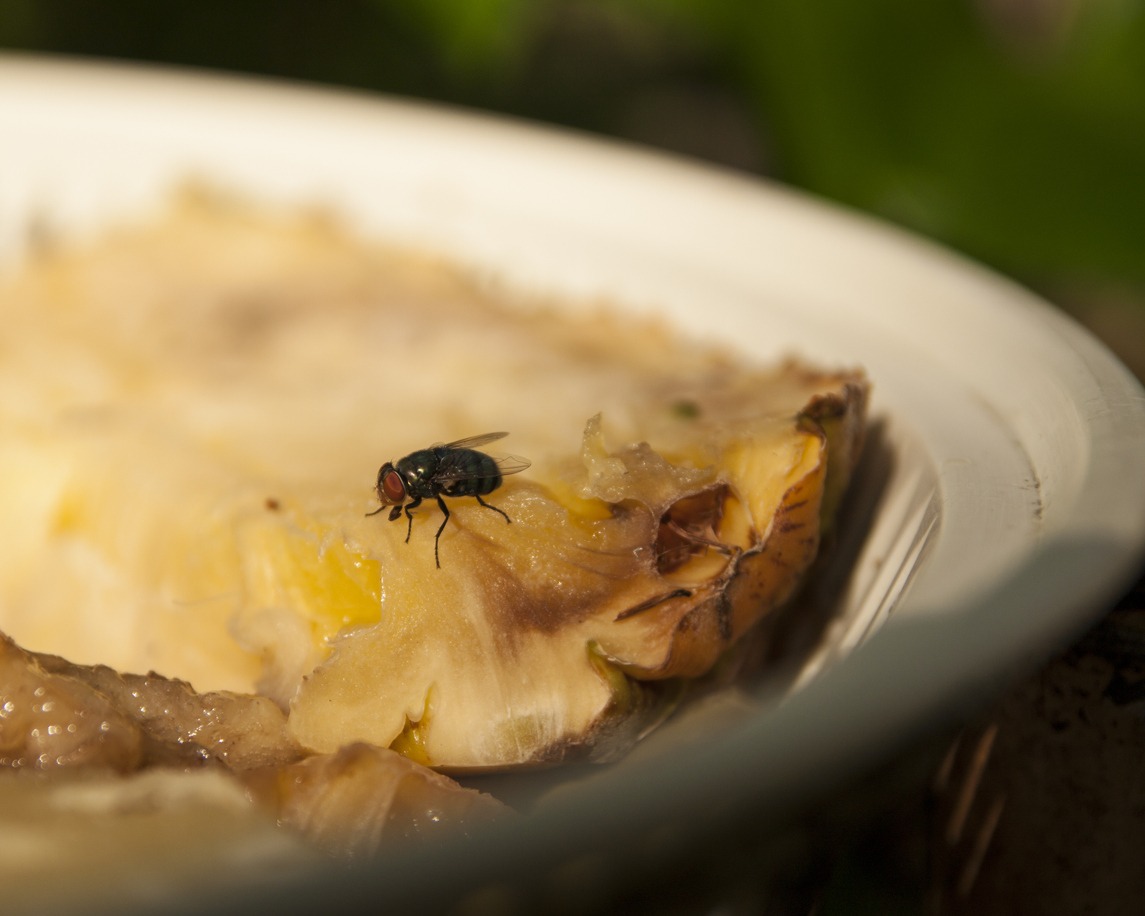Do you have any uninvited extra visitors in your kitchen? Do they flit about your trash bin or even your fresh produce? Perhaps you left out some empty beer bottles, and now they’re flying around those as well?
A single fly is all it takes to turn a minor pest issue into a major one, whether it entered through the door, a vent, or a hole in a screen. House flies only live 10 to 25 days, but during that time they can lay hundreds of eggs. Infestations can be avoided or eliminated quickly and safely when they occur.
This article will offer some life tips that can make dealing with “flies” easier.
Vinegar and dish soap
You can use vinegar and dish soap to trap flies. To use this technique, combine a small amount of dish soap and about an inch of apple cider vinegar in a tall glass. Wrap some plastic wrap around the glass. Make a few tiny holes in the top of the plastic wrap and fasten it with a rubber band. Flying through the holes will be flies drawn to the vinegar in the glass. The flies can’t land on the vinegar because of the dish soap, which makes them sink.
Venus flytrap
Venus flytraps are carnivorous plants that eat insects. If you plant them outside, they’ll naturally eat flies. Inside, you might need to feed the plant flies. When a fly gets in the plant’s trap, it closes around the fly. It then secretes digestive fluid to dissolve the insect’s soft insides. It breaks down the insect over 5 to 12 days, then spits out the exoskeleton.
Essential oils
Since flies dislike the scent of essential oils like mint, lemongrass, and lavender, you can make your own homemade natural fly repellent spray by mixing a few drops of any of these oils with water in a spray bottle. To ensure that the spray also leaves your kitchen smelling fresh, we advise lavender. Simply spray the all-natural solution all around your kitchen throughout the day to keep flies out.
Water and Coins
Add five or six coins to a water bag that is only halfway full. Squeeze out any extra air before sealing it. Place the bag by your window and tie a string tightly around the top. The water bag should hang freely inside the frame of the open window after being tied to the handle. A prism formed by the water and the pennies reflects an array of rainbow colors that overwhelm a fly’s eyes. Flies have compound eyes, so the bags appear to them as a larger body of water, and since they dislike water, they fly away.
Sticky Traps
This is one of the least expensive methods for removing all types of flying insects. And all you need to do is put up sticky fly paper where there are pests. These two-sided glue traps are more environmentally friendly than similar products because they do not contain any insecticides and are made in a yellow color to attract insects. They can be used in close proximity to both indoor and outdoor plants, and the pack comes with wire ties to secure the traps. Last but not least, it’s crucial to remember that these traps will require replacement every two to three months.
Cinnamon Candles
Even though it might cause your house to smell like a Christmas grotto in the summer, at least the flies won’t be there. Another effective method to get rid of flies is to burn cinnamon-scented candles because the aroma will easily permeate the entire property. This natural method is cost-effective and easy to maintain, ensuring that your home remains free from flies with minimal effort.
Brew
With this simple hack, open up a bottle of beer, drink or dump around at least half of it and wait. Fruit flies will find themselves jumping in one after another for a sip or two until they’re completely unable to get out. Maybe it’s because of the liquid’s consistency, maybe it’s the neck of the bottle, maybe it’s because they’re too drunk to function.
Light trap
Short wavelength light attracts house flies (like ultraviolet light). Since these types of traps conceal the means of trapping flies, they’re a little less gross to deal with than traditional fly paper. Indoor light traps combine ultraviolet light with a secret sticky trap, while outdoor ones usually combine it with a low-voltage electric grid “zapper.” Many indoor light traps are simply plug-in devices. If you choose to use an indoor light trap, be sure that you can position it at the height where flies prefer to congregate (4 to 6 feet off the floor). If you can, place it away from windows so that flies won’t buzz nearby as a new issue.
Call the pros
The sooner a house fly is eliminated, the better. Keep in mind that you want to get rid of the fly before it can lay eggs. Call an expert right away if you’ve tried these solutions and your undesirable housemates are still there. Then, depending on the severity of the house fly infestation in your home, they will either apply insecticide or leave out traps after assessing potential breeding sites inside and outside your home.


